Hikikomori Mind: The Meditation of Isolation

The growing discussion around the Hikikomori phenomenon reflects a global shift toward mindfulness. Through meditation in isolation, a quiet mind retreat, and mental solitude practice, individuals discover resilience, creativity, and emotional balance, offering essential strategies within today’s wellness, digital detox, and self-care movements.
Understanding the Hikikomori Mindset
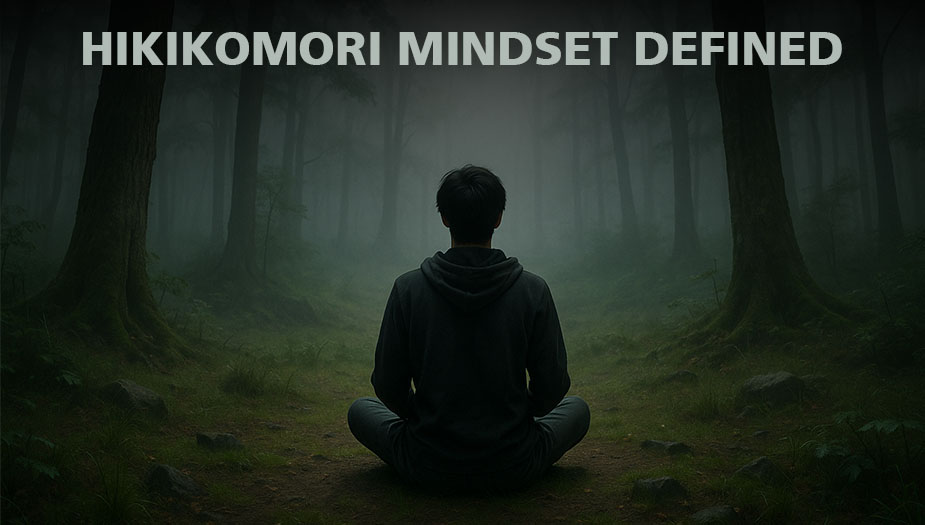
To understand the Hikikomori mindset, you must look deeper than surface behavior and explore its roots. First, the Hikikomori phenomenon highlights how pressure and expectations shape identity. Moreover, the constant demand for success often drives individuals inward. As a result, many embrace meditation in isolation to quiet overwhelming thoughts. Furthermore, a quiet mind retreat provides safety when external judgments feel harsh. In addition, mental solitude practice offers structure that helps create calm. Consequently, the Hikikomori path reflects not weakness but resilience in navigating stress. Importantly, each choice to withdraw carries meaning, and therefore we must respond with empathy. Finally, by recognizing patterns and applying compassion, society can reframe the Hikikomori phenomenon as an expression of unique adaptation, showing that isolation may hold opportunities for reflection and personal growth.
What Is Hikikomori and Why It Matters
When we ask what Hikikomori means, we uncover layers of cultural and personal struggle. Initially, the Hikikomori phenomenon appears as simple withdrawal, yet closer examination reveals complex causes. For example, overwhelming societal standards push some to seek meditation in isolation. Moreover, a quiet mind retreat becomes a refuge when failure or comparison feels unbearable. Consequently, understanding Hikikomori matters because it shines light on hidden voices. Additionally, mental solitude practice provides insights into resilience, creativity, and healing. Equally important, examining this subject helps societies redefine success and compassion. Therefore, every conversation about Hikikomori must acknowledge its global significance. Furthermore, awareness builds bridges between those inside isolation and those outside of it. Ultimately, embracing this knowledge shows that the Hikikomori phenomenon is not only an individual challenge but also a mirror reflecting collective responsibility.
Isolation as Opportunity and The Shift in Perspective
Isolation can transform into opportunity when you view it through a different lens. To begin with, the Hikikomori phenomenon demonstrates how retreat may evolve into growth. Furthermore, meditation in isolation gives structure to moments of stillness, allowing clarity to emerge. Consequently, a quiet mind retreat helps individuals rediscover creativity, awareness, and direction. In addition, mental solitude practice fosters patience, teaching how to engage with inner silence. Therefore, what begins as retreat may become empowerment. Moreover, shifting perspective highlights that solitude nurtures resilience and courage. As people reframe their experiences, they discover that stepping inward actually guides them forward. Finally, recognizing the Hikikomori phenomenon as more than avoidance creates hope. Thus, isolation, when embraced consciously, offers transformation, reminding us that even separation holds the potential for healing and renewed strength.
Meditation Techniques for Solitary Awareness
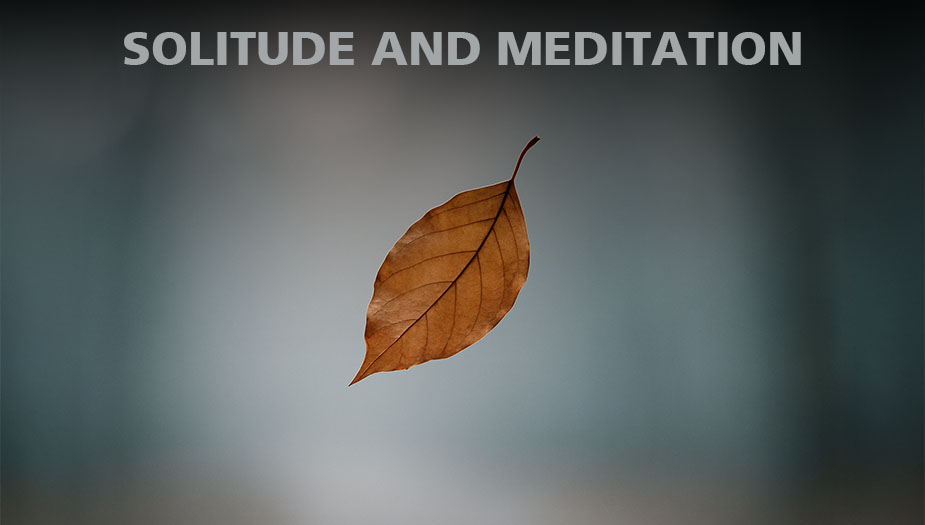
Meditation techniques for solitary awareness help uncover the hidden potential within moments of silence. To begin with, practicing meditation in isolation enables individuals to recognize thoughts without judgment. Moreover, the Hikikomori phenomenon reveals how silence can shift from avoidance into personal transformation. In addition, a quiet mind retreat offers focus, allowing inner balance to grow steadily. Furthermore, mental solitude practice builds resilience by training attention toward calm breathing and awareness of bodily sensations. As people continue, they notice emotions stabilize and clarity increase. Therefore, solitary awareness is not about escaping the world but about learning how to reconnect with it from a healthier place. Finally, adopting these techniques consistently creates a foundation of peace, showing that stillness can evolve into wisdom, creativity, and profound spiritual insight.
Short‑form ‘Micro‑Meditation’ Practices That Work in Silence
Short form micro meditation practices bring balance into daily routines. For example, even two minutes of meditation in isolation can calm stress quickly. Furthermore, the Hikikomori phenomenon demonstrates how small habits create powerful outcomes. Additionally, a quiet mind retreat does not always require hours; instead, short intentional pauses allow people to reset. In fact, micro sessions practiced regularly produce lasting changes in focus and emotional regulation. Moreover, mental solitude practice during silent moments, such as waiting in line or before sleep, improves mindfulness. Consequently, these practices become sustainable because they fit into busy schedules. Importantly, anyone can apply them without equipment or special settings. Therefore, micro meditation helps transform ordinary moments into extraordinary opportunities for clarity. Finally, practicing silence intentionally highlights how every pause can nurture growth and resilience.
Inner Retreats with Guided Mental Journeys from Home
Inner retreats with guided journeys from home provide accessible alternatives to external escapes. For instance, meditation in isolation combined with visualization helps the mind travel inward. Moreover, the Hikikomori phenomenon illustrates how creating safe mental spaces fosters renewal. In addition, a quiet mind retreat from home requires only a comfortable seat, headphones, and willingness. Furthermore, mental solitude practice becomes stronger when guided by recordings that encourage imagination. As a result, individuals can explore peaceful landscapes, calming oceans, or healing forests without leaving their rooms. Consequently, these guided retreats empower people to feel connected while remaining solitary. Importantly, they also provide structure for those uncertain about practicing alone. Finally, guided mental journeys remind us that isolation need not feel empty; instead, it can become an opening for exploration, healing, and genuine self-discovery.
Mental Benefits of Solitude Meditation
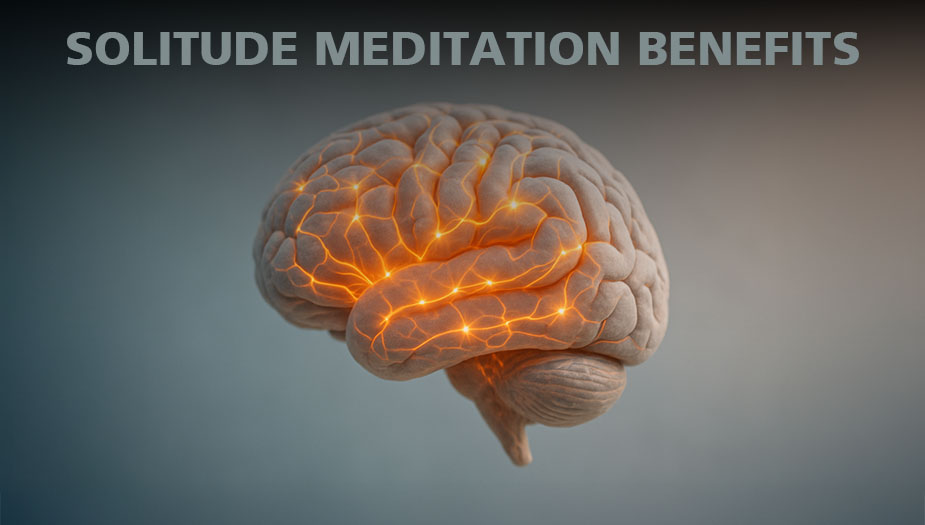
The mental benefits of solitude meditation emerge clearly when one studies its impact on the human mind. First, the Hikikomori phenomenon illustrates how withdrawing from constant interaction can transform stress into reflection. Moreover, meditation in isolation strengthens emotional stability by reducing sensory overload. In addition, a quiet mind retreat helps cultivate awareness, allowing the brain to release unnecessary tension. Furthermore, mental solitude practice improves resilience, focus, and self-understanding by training attention to remain steady. Consequently, people discover renewed creativity and problem solving during silent sessions. Equally important, these benefits extend beyond personal calm into better relationships with others. Therefore, solitude meditation does not merely remove noise but actively builds clarity. Finally, embracing these practices shows that stillness supports long term growth, encouraging balance between inner peace and outward responsibility.
Brain Science Behind Quiet: Emotion Regulation and Stress Relief
Modern neuroscience offers fascinating insight into how silence reshapes the brain. To begin with, studies show that meditation in isolation reduces activity in stress related regions. Moreover, the Hikikomori phenomenon highlights how withdrawal creates an environment where the brain can reset. Additionally, a quiet mind retreat increases gray matter in areas linked to emotional regulation and memory. Furthermore, mental solitude practice strengthens neural pathways associated with calm focus. As a result, regular meditation lowers cortisol levels, improves sleep, and decreases anxiety. In fact, even short periods of silence produce measurable changes in mood and concentration. Therefore, the science behind quiet confirms that solitude is not emptiness but nourishment for the nervous system. Finally, understanding these mechanisms reinforces the idea that mindful silence supports both healing and resilience in everyday life.
From Disconnection to Clarity and How Withdrawal Enhances Focus
Withdrawal often seems like disconnection, yet when examined closely it becomes a path to clarity. For instance, the Hikikomori phenomenon reveals how individuals retreat to regain control over mental space. Moreover, meditation in isolation transforms perceived emptiness into intentional practice. In addition, a quiet mind retreat helps filter distractions, allowing the mind to focus on meaningful tasks. Furthermore, mental solitude practice fosters sharp concentration by training awareness to remain steady despite interruptions. Consequently, periods of withdrawal shift from avoidance into empowerment. Equally important, clarity achieved in silence improves decision making and problem solving. Therefore, choosing solitude becomes a strategy rather than an escape. Finally, by embracing this perspective, people learn that stepping away creates strength, and that focused withdrawal leads directly toward clarity, resilience, and greater inner balance.
When Isolation Gets Harmful: Self‑Check & Support
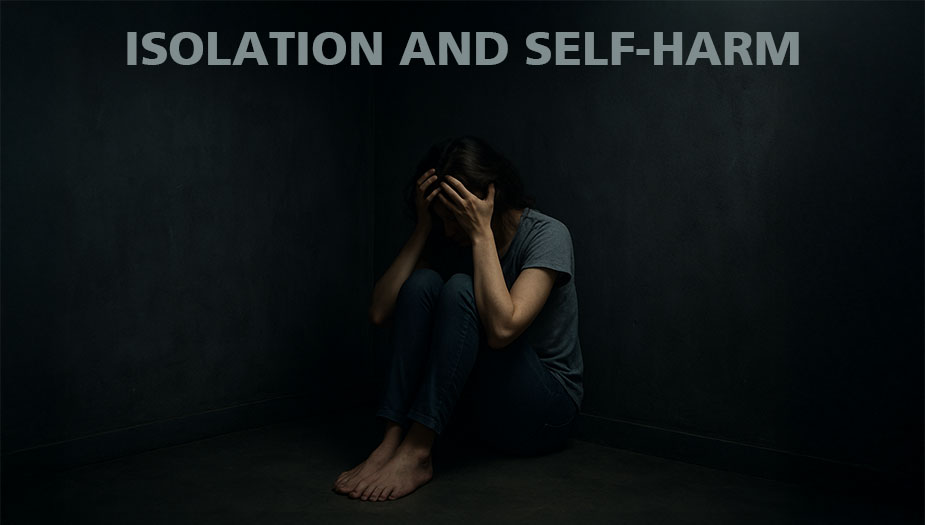
Although solitude offers many benefits, it also carries risks when left unchecked. To begin with, the Hikikomori phenomenon shows how prolonged withdrawal can shift from healing to harmful. Moreover, meditation in isolation should encourage awareness, yet sometimes it reinforces avoidance. In addition, a quiet mind retreat may conceal deeper struggles when reflection turns into rumination. Furthermore, mental solitude practice, when taken too far, disrupts relationships, health, and purpose. Consequently, it becomes vital to notice warning signs such as persistent sadness or complete disconnection. Therefore, self-checking allows individuals to balance the line between growth and decline. Equally important, acknowledging harm does not negate the benefits of silence but instead enhances them. Finally, recognizing limits provides a foundation for asking help and ensuring that isolation serves positive transformation rather than self-sabotage.
Recognizing When Solitude Turns Self‑Sabotage
At first, solitude can feel restorative, yet gradually it may slip into damaging patterns. For example, the Hikikomori phenomenon demonstrates how retreat sometimes hardens into chronic withdrawal. Moreover, meditation in isolation, while valuable, becomes self-sabotage when it replaces needed interaction. In addition, a quiet retreat is helpful only if it restores energy rather than drains it. Furthermore, mental solitude practice requires balance, because excess time alone reduces motivation and distorts perspective. Consequently, warning signs appear as constant fatigue, avoidance of responsibility, or hopeless thoughts. Therefore, reflecting honestly about these signals prevents further decline. Importantly, recognizing sabotage empowers individuals to adjust before harm deepens. Finally, understanding that even silence has limits helps transform solitude into a tool for wellness, ensuring that withdrawal never becomes destructive.
Bridging Inner and Outer and When to Seek Support or Community
Isolation can be meaningful yet bridging inner and outer life ensures balance. To begin with, the Hikikomori phenomenon highlights the risks of staying disconnected too long. Moreover, meditation in isolation encourages reflection, but eventually one must rejoin healthy connection. In addition, a quiet mind retreat prepares individuals to engage with others from a calmer state. Furthermore, mental solitude practice builds skills such as patience and awareness that improve relationships. Consequently, seeking support does not negate inner growth but instead enhances it. Therefore, joining community or professional guidance can provide stability when solitude falters. Equally important, asking for help demonstrates strength rather than weakness. Finally, blending inner practices with outer connections creates resilience, showing that isolation can serve as preparation for meaningful interaction, healing, and sustainable well-being.
By reframing the Hikikomori phenomenon through meditation in isolation, quiet mind retreat, and mental solitude practice, solitude transforms into empowerment. In today’s era of rising wellness trends, intentional silence supports balance, combats loneliness, and inspires collective resilience for long-term healing and mindful living.
CLICK HERE TO SIMULATE THE EXPERIENCE OF A HIKIKOMORI MINDSET
TO ALL OUR READERS, today we humbly ask you to help our little blog. For over ten years now, BinauralBlog.com has been producing fantastic mindfulness articles. We do not beg for donations, use any intrusive popups, sell any form of user data, or fill our content with ads. How do we sustain ourselves? We need shares, plain and simple. The time has come for us to make a simple request. Please, if you enjoyed this article and want us to keep producing content - use any (or all) of the CIRCULAR SHARE BUTTONS ABOVE to help support our little blog. Thank you from the Binaural Blog, Founder & Team

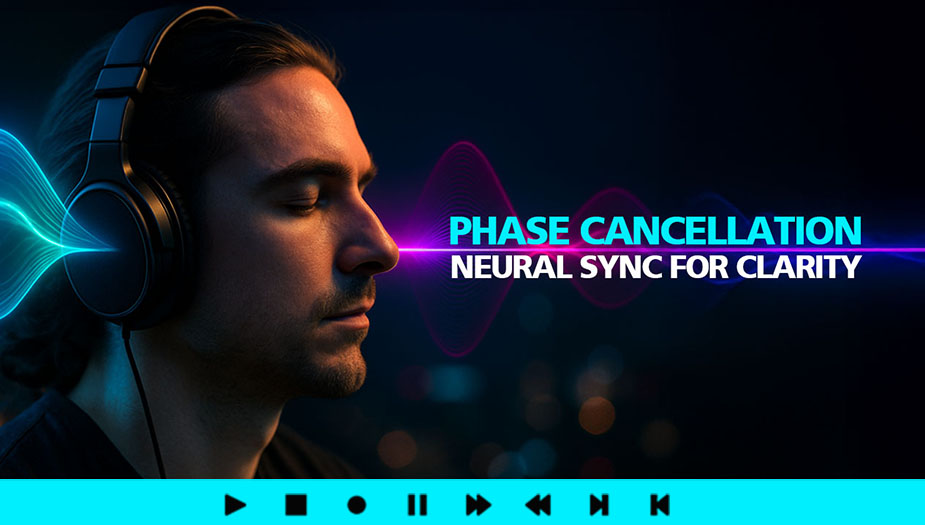

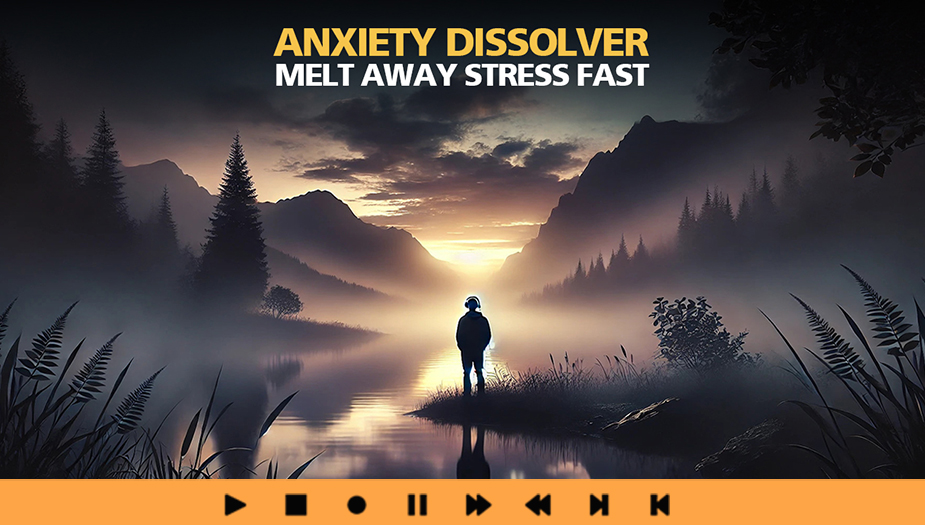


To be more specific, Hikikomori not merely a social withdrawal issue but as a lens into resilience, creativity, and adaptability. Let’s not diminish it here.
Reading this felt oddly validating. I’ve often turned to isolation when overwhelmed, and instead of feeling ashamed about it, I can now see it as a form of healing if handled with awareness.
Framing solitude as opportunity shifts the narrative completely.
I appreciated how the blog didn’t just explain Hikikomori but offered real techniques like micro meditations, inner retreats, and awareness practices that people can apply immediately.
While the article is thought-provoking, I worry that it sometimes paints too idealized a picture of solitude.